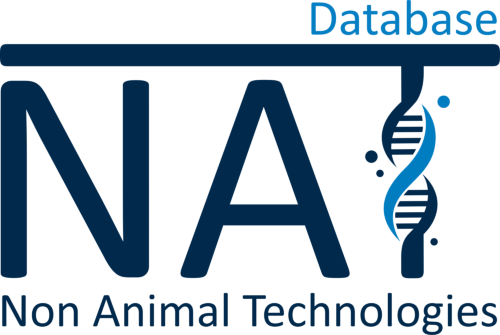Reconstructed Human Cornea-like Epithelium (RHCE) test method for eye hazard identification
Regulatory accepted 2022
OECD Guidelines for the Testing of Chemicals, Paris, France
This in vitro procedure is suitable for the identification of chemicals causing eye irritation or serious eye damage. Reconstructed human cornea-like epithelium from human immortalized corneal epithelial cells is used for this assay. The SkinEthic™ HCE TTT (Human Corneal Epithelium Time-to-Toxicity) tissue construct consists of at least 4 viable cell layers. There are protocols for liquids and for solids. Cytotoxicity is measured by the reduction of a dye, while the viability of the eye-like tissue is determined after two or three exposure times with the test chemical compared to a negative control (%viability). In contrast to TG 492, cytotoxicity is also measured at different time points. Validated and regulatory accepted under OECD test No. 492B.
Reconstructed human cornea-like epithelium (RHCE) test method for eye hazard identification
OECD
Added on: 08-04-2022
[1] https://www.oecd-ilibrary.org/environment/test-no-492b-reconstructed-human-cornea-like-epithelium-rhce-test-method-for-eye-hazard-identification_0d603916-en





